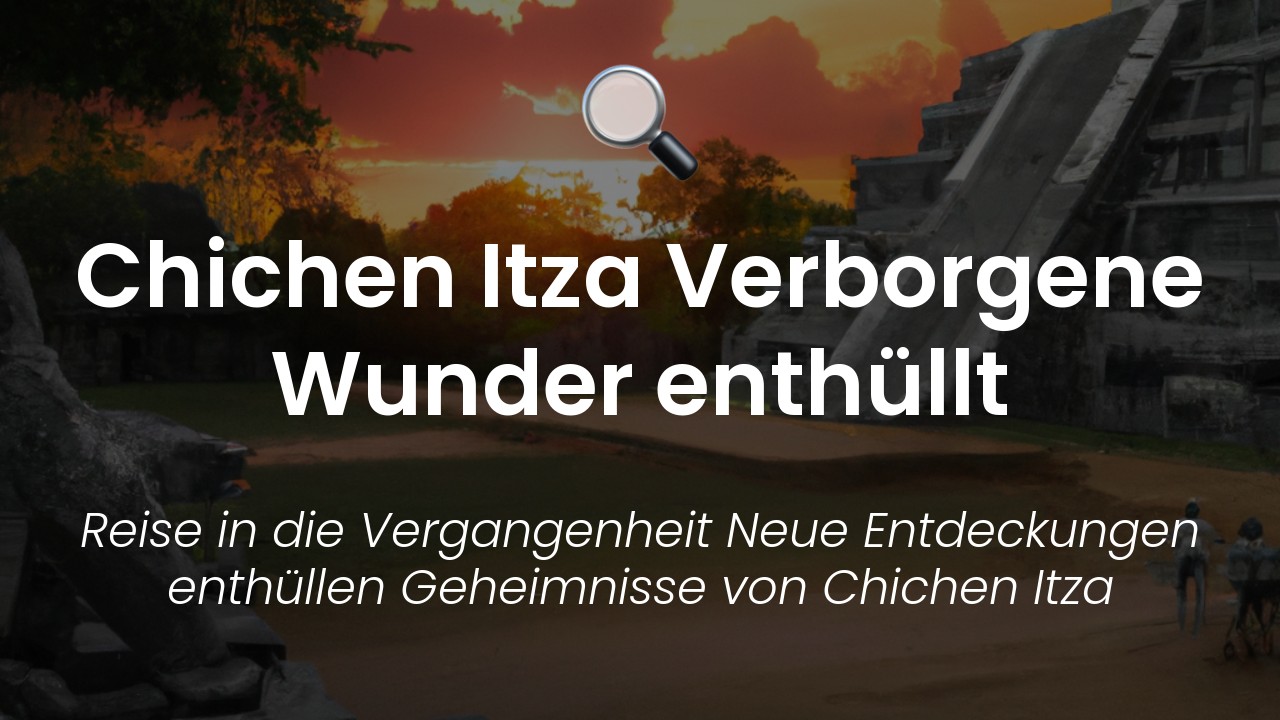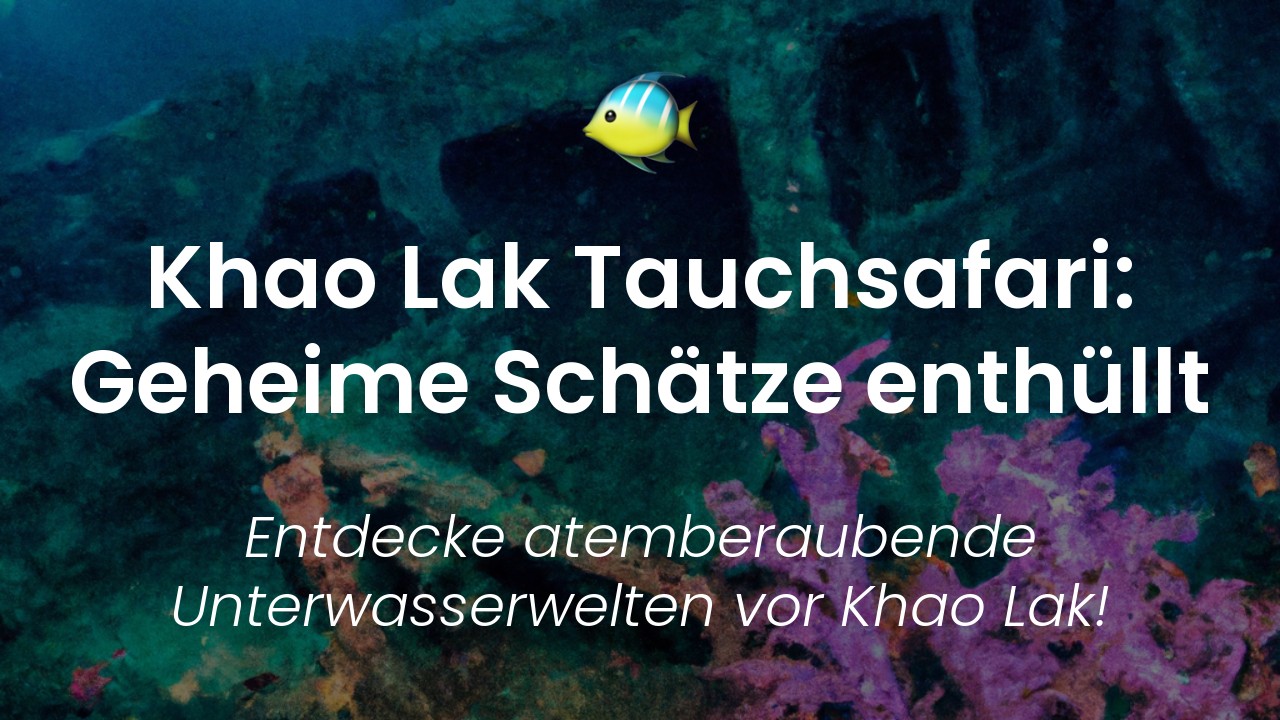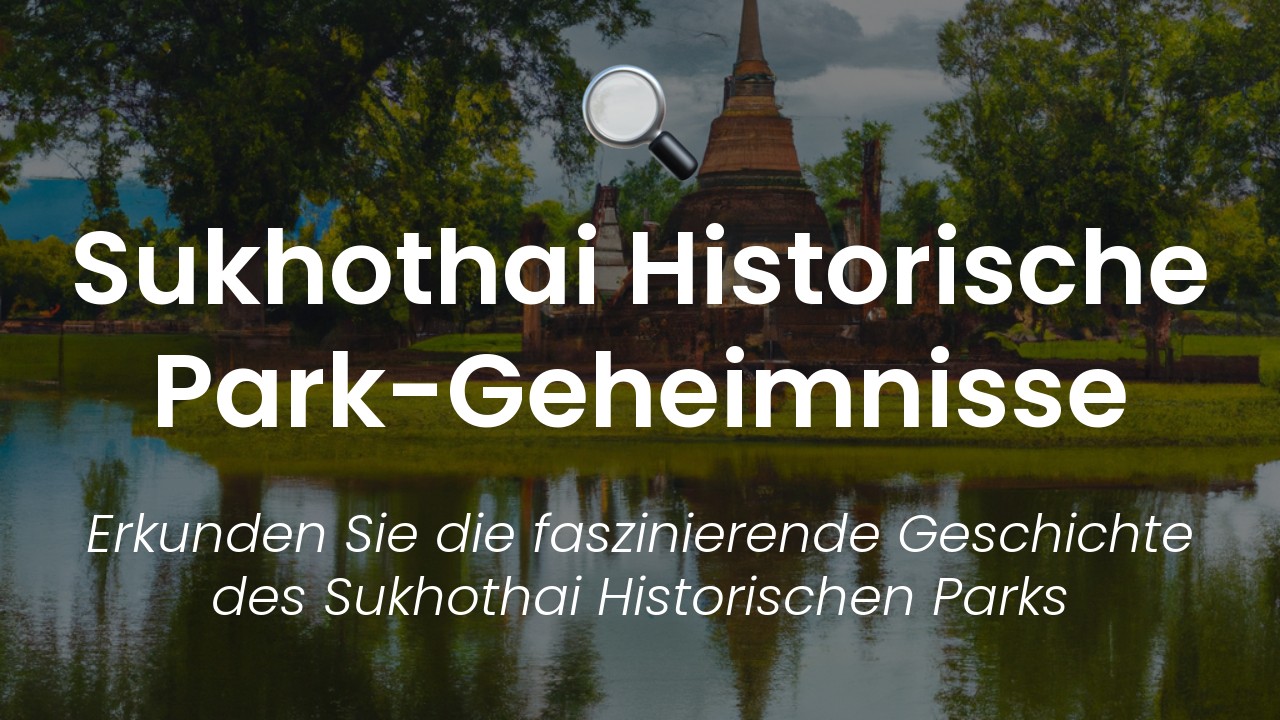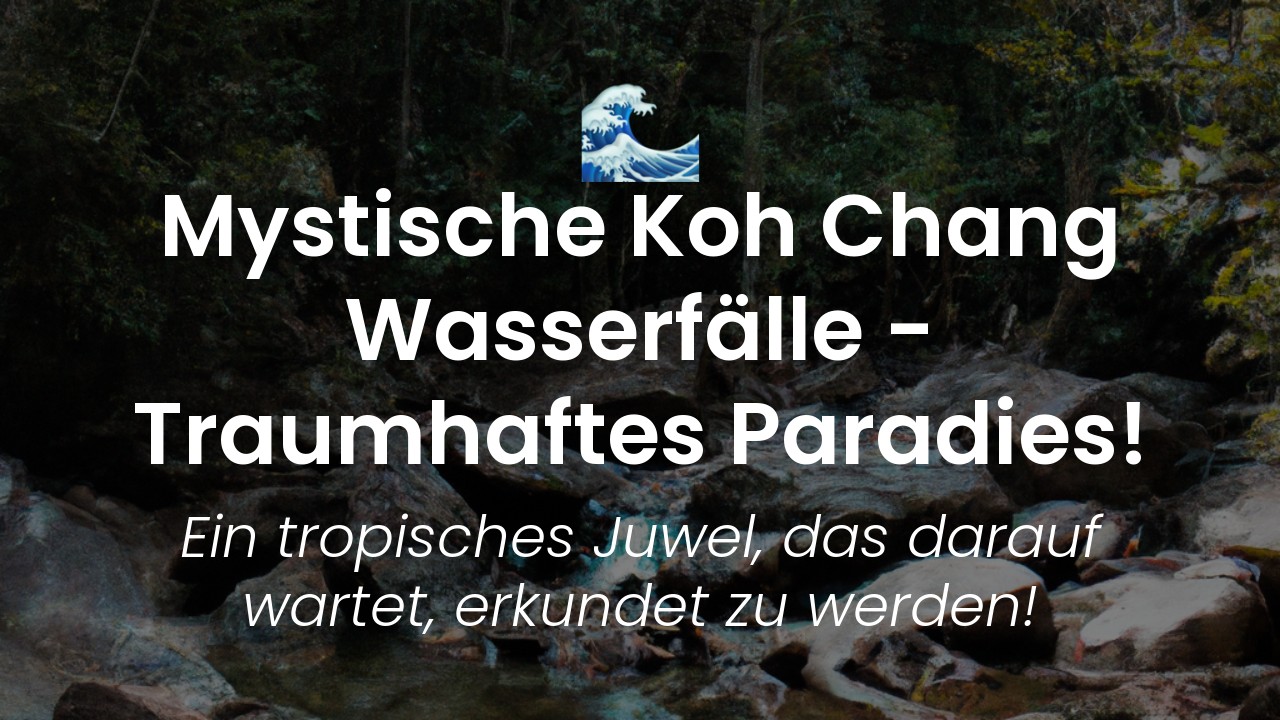Hallo liebe Leserinnen und Leser!
Ich bin wieder zurück von meiner letzten Reise und dieses Mal geht es um etwas ganz Besonderes: Chichen Itza! Ich weiß, dass der Name für viele von euch vielleicht neu klingt, aber lasst mich euch sagen, dass es sich hierbei um eine der bedeutendsten archäologischen Stätten der Mayakultur in Mexiko handelt.
Als ich auf das Gelände von Chichen Itza trat, spürte ich sofort die besondere Atmosphäre, die diesen Ort umgibt. Überall um mich herum sah ich bis ins Detail ausgearbeitete Bauwerke und Skulpturen, die mir einen Einblick in das großartige Erbe der Maya gaben. Von der berühmten Pyramide des Kukulkan bis hin zum Großen Ballspielplatz – ich war fasziniert von der Schönheit und dem Geheimnis dieses Ortes.
Durch meine Erfahrungen teile ich meine Begeisterung für Chichen Itza und hoffe, dass ich euch inspirieren kann, diesen magischen Ort eines Tages selbst zu besuchen. Es gibt so viele Geheimnisse und Legenden, die es zu entdecken gilt, und ich kann es kaum erwarten, meine Entdeckung mit euch zu teilen!
Overview of Chichen Itza
During my recent trip to Mexico, I had the opportunity to visit the ancient Mayan city of Chichen Itza. It is one of the most popular tourist destinations in Mexico and was declared a UNESCO World Heritage Site in 1988. Chichen Itza is located in the southeastern part of Mexico's Yucatan Peninsula, close to the town of Valladolid, and can be easily accessed from Cancun, Playa del Carmen or Merida.
Chichen Itza is spread over an area of 1.9 square miles and contains many ancient buildings and temples reflecting the Mayan culture. The site is divided into two parts – the northern and southern sections. The northern section is home to the most famous and iconic structure of Chichen Itza, the El Castillo or the Temple of Kukulkan, which is also considered one of the Seven Wonders of the World.
As I wandered through the ruins, I couldn't help but feel in awe of the intricate and advanced architecture that the Mayans had employed to construct these buildings over 1000 years ago. The site is a great source of historical and cultural knowledge, and a must-see for anyone visiting Mexico.
History of Chichen Itza
Chichen Itza was a large Mayan city that prospered from around 600 to 1200 AD. The city was believed to have been one of the most important political, religious, and economic centers in Mesoamerica. Historians believe that the city was built in three phases by different groups of people, including the Itza, Maya-Toltec, and the Yucatec Maya. The city's strategic location between two large bodies of water, the Caribbean Sea and the Gulf of Mexico, allowed for easy trade and commerce.
The city was abandoned by the end of the 15th century for unknown reasons. It remained hidden in the jungle until the mid-1800s when it was rediscovered by explorers.
El Castillo & the Mayan Calendar
El Castillo is the most recognizable and significant structure in Chichen Itza. The pyramid was built by the Maya-Toltec civilization and is dedicated to the serpent god Kukulkan. The pyramid has four sides, each side has 91 steps, and with the top platform, the peak adds up to 365 steps, the number of days in a year.
During the spring and autumn equinoxes, the pyramid casts a shadow that appears to be a serpent slithering down the side. This is a testament to the Mayan's advanced understanding of astronomy and geometry.
Cenote Sagrado: Sacred Sinkhole
The Cenote Sagrado, also known as the Sacred Cenote, is located to the north of El Castillo. It is a deep sinkhole, almost 200 feet in diameter, and was used by the Mayans for both practical and religious purposes. The cenote was a source of fresh water and was essential for the survival of the residents.
It was also believed to be a sacred site where offerings, including gold, jade, and human sacrifices, were made to the gods. The cenote today is still an awe-inspiring sight and is open for visitors to swim and snorkel in.
The Great Ball Court
The Great Ball Court is 545 feet long and 225 feet wide, making it the largest ball court of the pre-Columbian era in Mesoamerica. The game played here, known as Pitz, was a sacred ritual that combined elements of soccer and basketball. The ball was made of rubber and was the size of a human head, and players had to pass it through small stone hoops on the walls using only their hips.
The winners of the game were believed to be given great rewards, and the losers were often sacrificed, another indication of the importance of religion in the Mayan culture.
The Temple of Warriors
The Temple of Warriors is located in the southern section of Chichen Itza and is believed to have been used by the high priest or elite members of the society. The temple has a unique structure, including columns with carved figures, each holding their own small temple. These figures also bear illustrations of warriors.
The walls of the temple are decorated with intricate carvings that depict warriors, animals, and gods. One of the most notable carvings is that of Chac-Mool, a reclining figure that was believed to be an offering table for human sacrifices.
Tips & Tricks for Visiting Chichen Itza
- Wear comfortable shoes and clothing as you will be walking and standing for long periods.
- Bring sunscreen, a hat, and a bottle of water as the site is in an open area and can get very sunny and hot.
- Get there early to avoid the crowds and heat or stay late for a chance to see the night show.
- Hire a knowledgeable guide to fully understand the history and significance of the site.
- Don't forget to bring your camera to capture the beautiful and fascinating ruins.
Visiting Chichen Itza was undoubtedly one of the highlights of my trip to Mexico. The historical and cultural knowledge I gained from the visit was priceless, and the architecture and structures were breathtaking. I highly recommend this destination to anyone planning a trip to Mexico.







